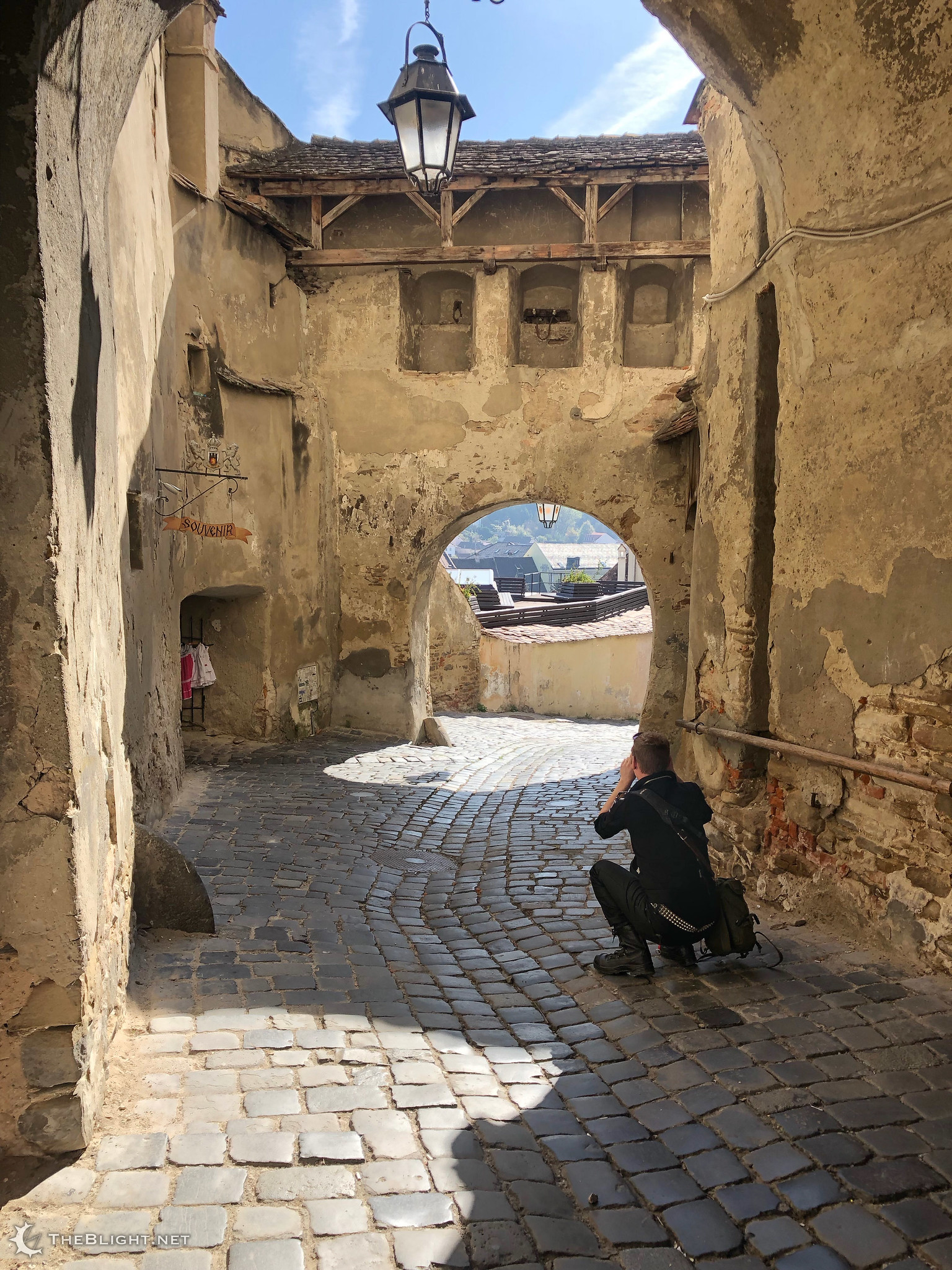What, exactly, is Transylvania? It’s the home of Dracula, the location named in the movie title Hotel Transylvania, and the galaxy Dr. Frank-n-Furter comes from in the movie Rocky Horror. But if you ask most Americans to find it on a map, they may struggle.
Transylvania is actually a region of Romania, an Eastern European country known not only for the Romani ethnic group but as the birthplace of Dracula. What is it about this beautiful region that inspires such mysticism and mystery?

Home to several UNESCO World Heritage Sites, Transylvania is flanked on three sides by mountains and makes up the central region of Romania. The region contains many old fortified churches as well as beautiful landscapes.
One of the most famous sites in Transylvania is Bran Castle, known as Dracula’s castle. Jutting out from a rocky base, this beautiful castle sits as the highest point in the area, overlooking the surrounding countryside. In autumn, with the warm oranges and yellows of changing leaves on the hills around the building, it’s stunning. Late at night in the winter, surrounded by bare trees and backlit by lightning, it’s far easier to understand just how the place became known as the home of the original vampire.

But how did “the land behind the forest” become so inextricably linked with the bloody and the dark? Transylvanian legends actually had no mention of the word vampire before Bram Stoker’s novel. Instead, they had the Strigoi, the undead who rose from the grave if they were violently murdered or improperly buried and feasted on the living. These Stigoi shared Dracula’s aversion to garlic– maybe they were cousins?

The Pied Piper
Transylvania also figures in some other well known legends, including the Pied Piper. Yes, the Pied Piper of Hamelin is originally a German tale. But what does the piper do with all of those kids he leads away from the town? Legend says he brought them to Transylvania, as the original Saxon population in the area.

Sânziană and Lele Fairies
Not all Transylvanian legends are so dark- the Sanziene are fairies known to protect nature. On the night of their festival, June 24, young girls place yellow flowers under their pillows in the hopes that the fairies will reveal the face of their future husband. The fairies have their own dark cousins, thought- the Iele, who dance in a circle and leave everything within it burnt and destroyed.
BÁŬ-BÁŬ
Speaking of dark cousins, Transylvania has one more scary figure going bump in the night – Bau Bau. He is known for hiding in homes and kidnapping children- all while wearing a black cape. Sound familiar? Maybe he’s been raiding his big brother Dracula’s closet!

Beauty and legend overlap at Sighisoara citadel, where the most beautiful clock tower in Transylvania looks over the countryside. Its’ prized artifact, a golden globe, is said to have been created and left there by a giant who claimed only someone larger than him could take it. The globe remains and the legend lives on.
Indeed, many legends are alive and well in the beautiful countryside of Romania. There are many more Romanian castles too! Enjoy historical sites and beautiful views during the day – just make sure to wear garlic and avoid burned ground if you happen to find yourself traveling at night.


